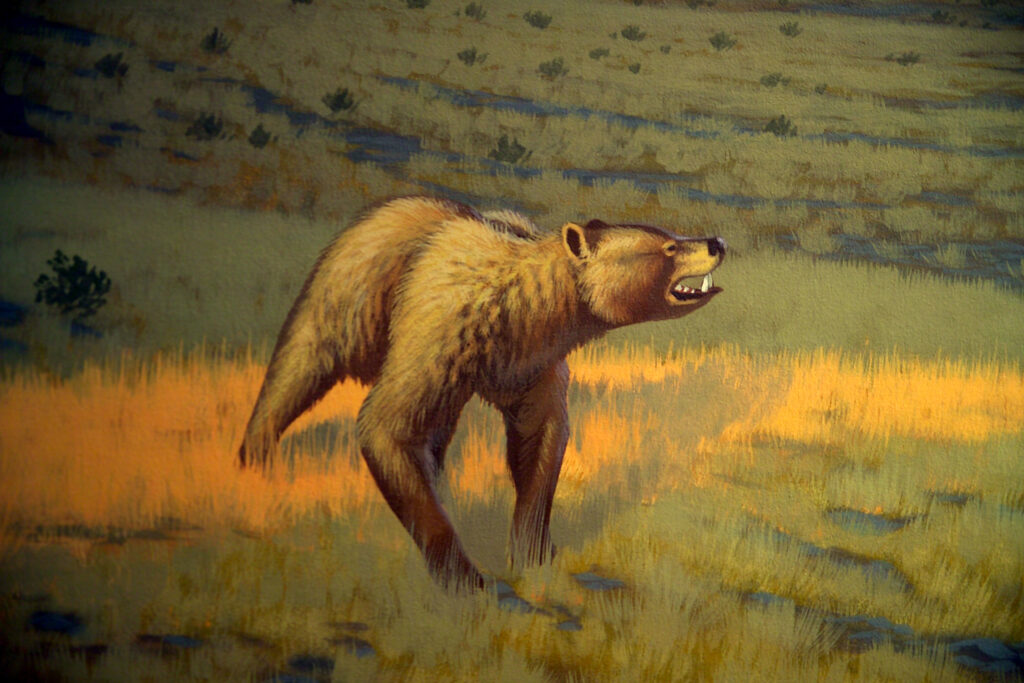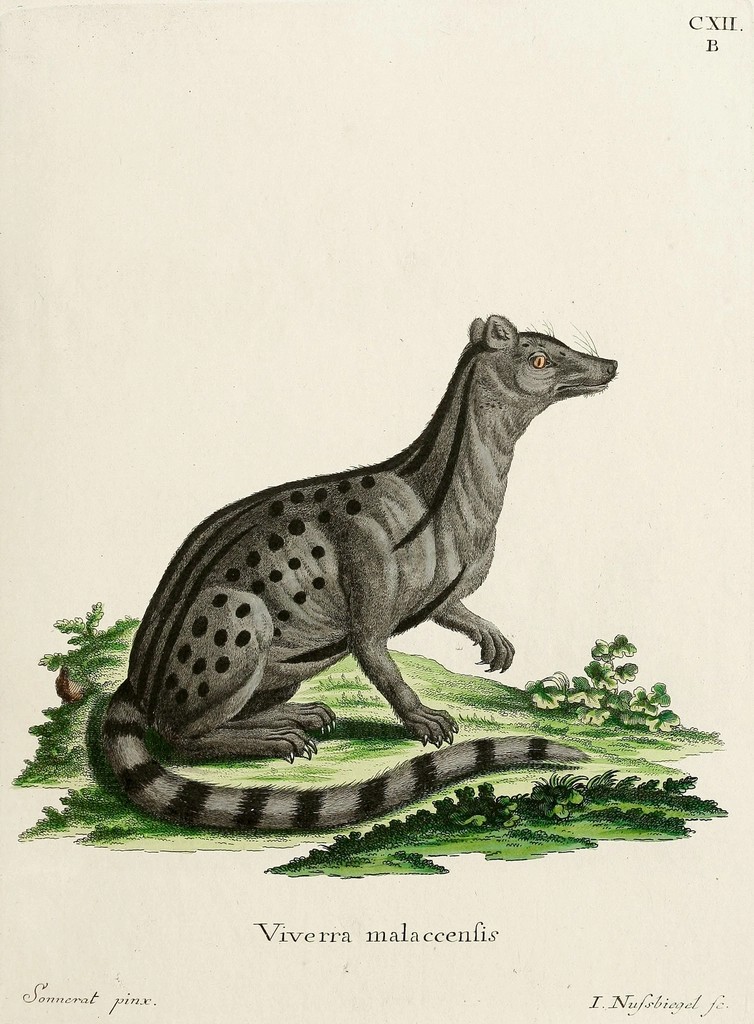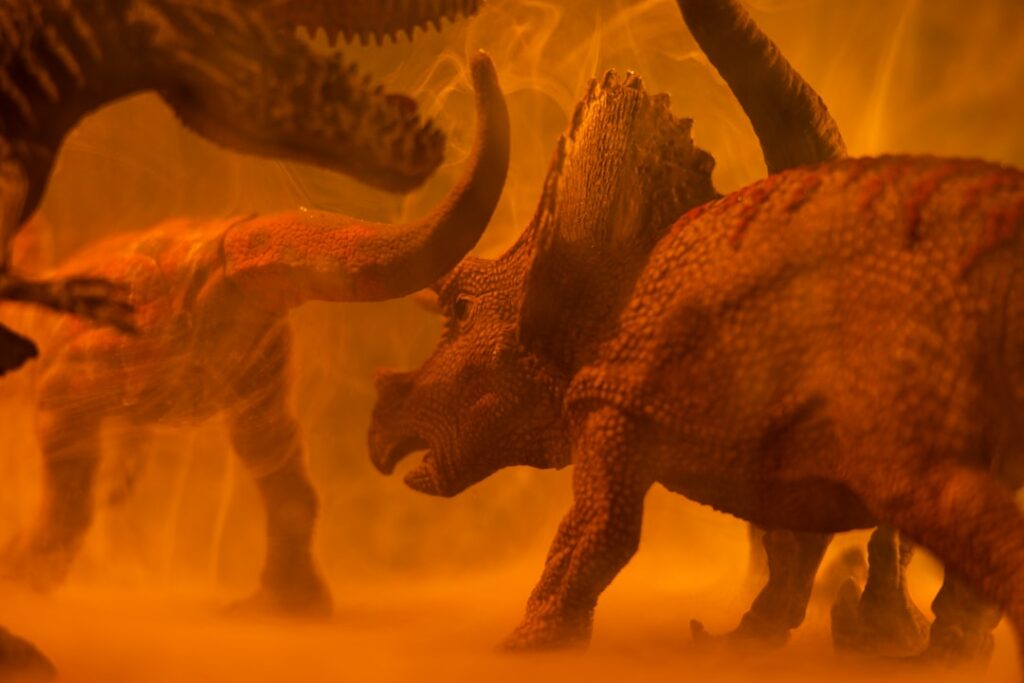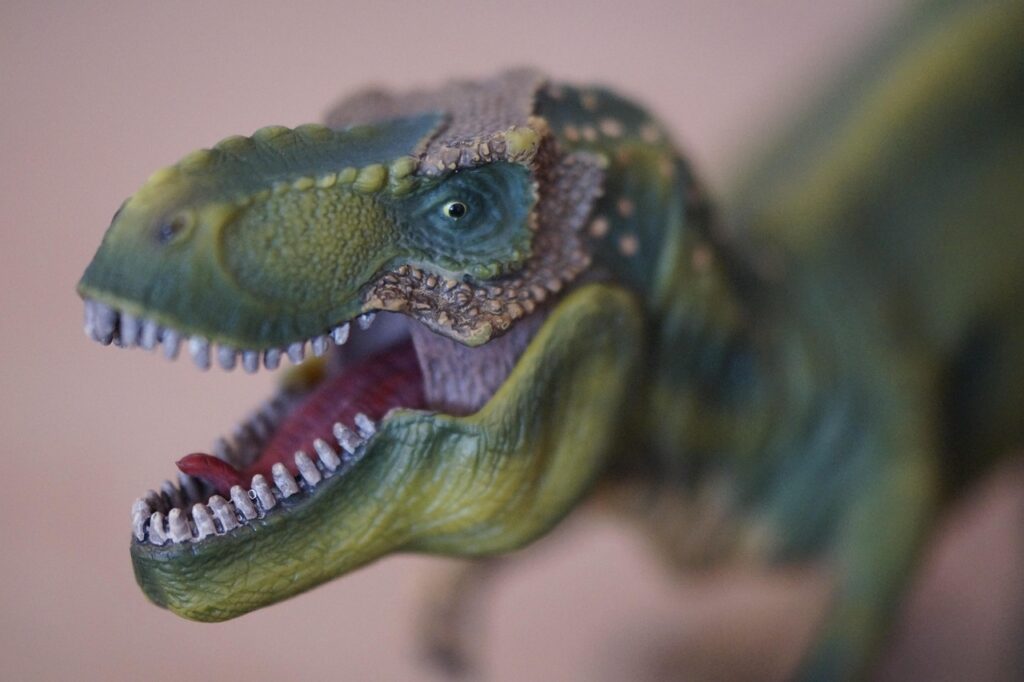The ancient landscapes of North America once trembled under the massive paws of the most formidable land predator. Standing nearly twice as tall as modern grizzlies when on hind legs and possessing jaws that could crush bone with terrifying efficiency, the short-faced bear commanded the Pleistocene wilderness as an apex predator without equal. These colossal carnivores, scientifically known as Arctodus simus, roamed the continent during the Ice Age, striking fear into even the most formidable megafauna of their era. Their disappearance roughly 11,000 years ago left behind a fascinating paleontological mystery that continues to captivate researchers and wildlife enthusiasts alike. This article explores the remarkable characteristics, behaviors, and legacy of these magnificent prehistoric beasts that once ruled the ancient American wilderness.
Evolutionary Origins
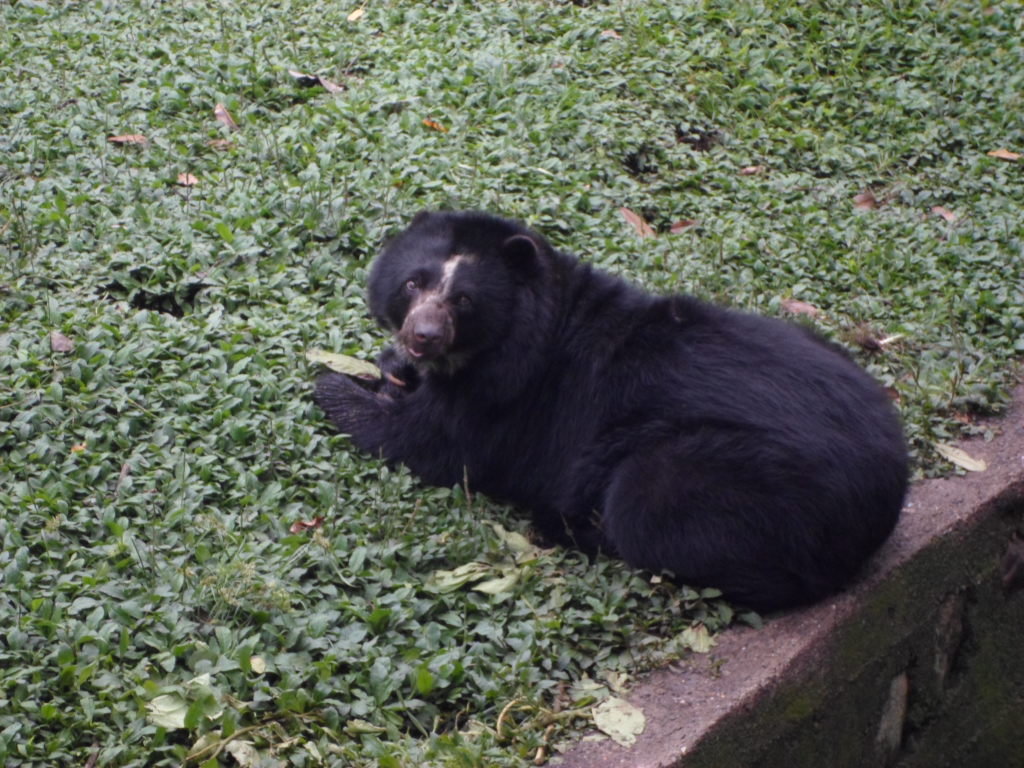
The short-faced bear belongs to the extinct genus Arctodus, which emerged during the Pleistocene epoch approximately 1.8 million years ago. Evolutionary biologists believe these massive bears descended from smaller bear ancestors that migrated from Asia across the Bering land bridge. Unlike modern bears that evolved along separate lineages, Arctodus developed as part of the Tremarctine subfamily, which today is represented by only one living species—the spectacled bear of South America. Fossil evidence suggests that the short-faced bear rapidly adapted to the harsh conditions of Ice Age North America, evolving specialized features that allowed it to dominate their ecological niche. Their evolutionary trajectory represents one of the most successful adaptations among large carnivores of the Pleistocene, culminating in what paleontologists consider the most formidable land predator of its time.
Physical Dimensions

Arctodus simus was a true giant among bears, dwarfing even the largest modern brown bears and polar bears in both height and weight. Standing up to 11 feet tall when rearing on its hind legs, this behemoth could easily look into a second-story window of a modern building. Their shoulder height while on all fours reached approximately 5.5 to 6 feet, allowing them to tower over most other Pleistocene mammals. Weight estimates for adult males range from 1,500 to potentially over 2,000 pounds, though there is ongoing scientific debate about their maximum size. Female short-faced bears, while still enormous, were somewhat smaller than males, exhibiting the sexual dimorphism common in ursids. Their massive limbs were proportionally longer than those of modern bears, giving them a distinctly different silhouette that paleontologists can readily identify from skeletal remains.
Distinctive Anatomy

The short-faced bear earned its name from its uniquely proportioned skull, which featured a shortened snout compared to other bears, creating a more flattened facial profile. This cranial adaptation housed incredibly powerful jaw muscles that could generate bone-crushing bite force, estimated to be significantly stronger than that of any living carnivore. Their dentition was specialized for a carnivorous diet, with enlarged carnassial teeth perfect for slicing flesh and premolars adapted for crushing bones to extract nutritious marrow. Perhaps most remarkable were their limbs, disproportionately long compared to modern bears, which were adapted for sustained pursuit rather than the ambling gait of contemporary ursids. These anatomical features, combined with a leaner, more athletic build than modern bears, suggest an active predator rather than the omnivorous lifestyle we associate with most bears today.
Hunting Capabilities

The hunting prowess of the short-faced bear was unmatched among Ice Age predators, combining several advantages that made it a supremely efficient carnivore. Their long limbs enabled them to reach estimated running speeds of 35-40 miles per hour, far outpacing the lumbering gait of modern bears and allowing them to run down prey that would easily outpace today’s ursids. The enhanced sight lines afforded by their towering height gave them m exceptional visual advantage across the open Pleistocene landscapes, potentially spotting prey from miles away. Their massive size meant they could not only take down large prey but also intimidate other predators like dire wolves and American lions away from their kills. Paleontologists believe their hunting strategy may have involved pursuing large herbivores until exhaustion or ambushing them at strategic locations like water sources or game trails, using their tremendous strength to overpower even the largest Ice Age herbivores like juvenile mammoths or giant bison.
Dietary Adaptations

The feeding ecology of Arctodus simus has been the subject of intense scientific debate, with evolving theories about their dietary specialization. While earlier research suggested they were primarily scavengers that used their imposing size to appropriate kills from other predators, more recent isotopic analysis of their bones indicates they were active hunters with a diet comprised primarily of large herbivorous mammals. Their powerful jaws and specialized dentition allowed them to access nutritional sources unavailable to other predators, particularly bone marrow, which they could extract by crushing bones that would resist the dental strength of other carnivores. This ability to process carcasses more thoroughly than competitors gave them a significant advantage in harsh Ice Age environments where caloric efficiency determined survival. Evidence suggests their diet likely included megafauna like bison, horses, ground sloths, young mammoths, and possibly even other carnivores when opportunity presented.
Habitat and Range

The geographic distribution of short-faced bears spanned much of North America during the Pleistocene, with fossil evidence discovered from Alaska to Mexico and from California to the eastern seaboard. These versatile predators adapted to an impressive variety of habitats, from the frigid tundra of the north to the temperate woodlands of the southeast and the more arid regions of the southwest. Their greatest concentration appears to have been in the expansive grasslands and mixed woodlands that characterized much of Ice Age North America, where large herds of herbivores provided abundant prey. The bears’ long limbs were particularly well-suited for traveling efficiently across these open landscapes, allowing them to patrol enormous home ranges that likely dwarfed those of modern bears. Paleontological evidence suggests they may have undertaken seasonal migrations following prey herds, though denning behaviors similar to modern bears were likely necessary in northern regions to survive the harshest winter conditions.
Social Behavior
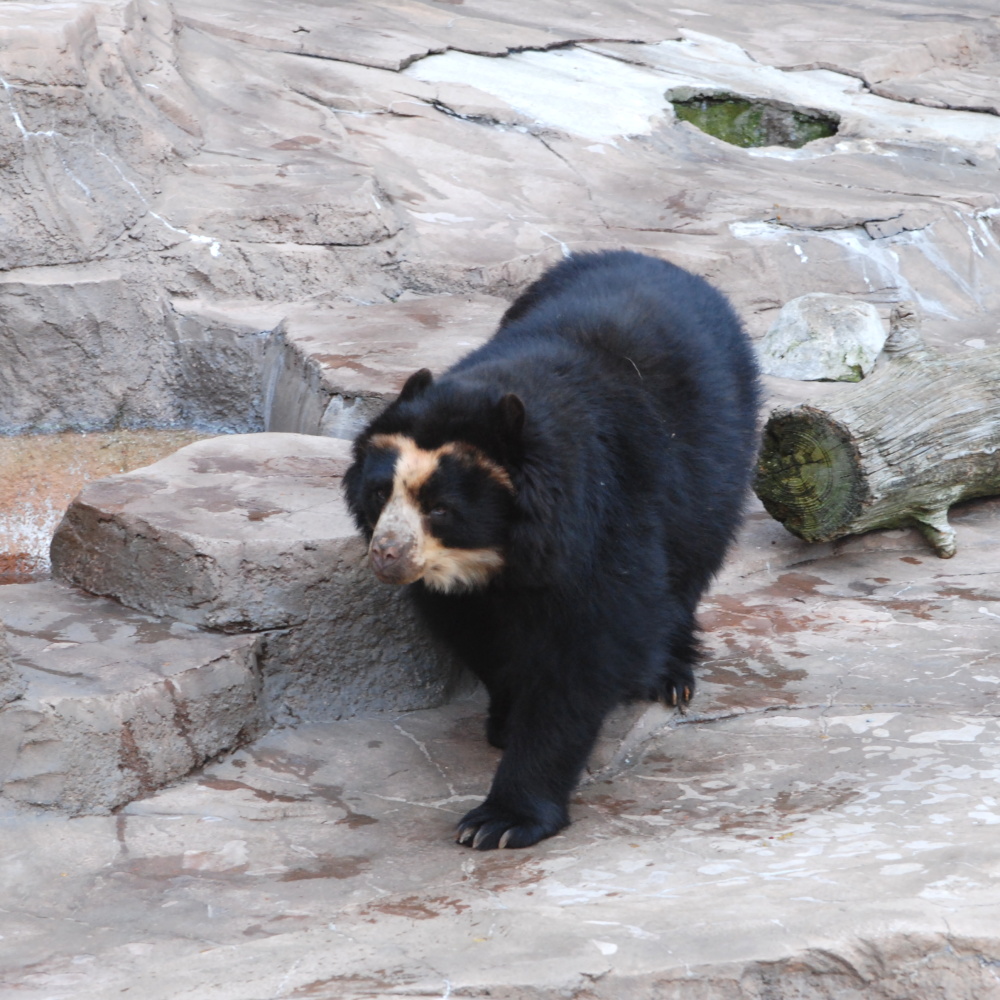
Our understanding of short-faced bear social dynamics remains largely speculative, requiring scientists to extrapolate from fossil evidence and the behavior of modern bear species. Like most modern bears, adult Arctodus were likely solitary hunters for much of the year, with females raising cubs independently of males. However, their carnivorous specialization may have influenced their social tolerance differently than seen in omnivorous modern bears. Some paleontologists have proposed that juvenile short-faced bears may have hunted cooperatively before reaching full maturity, similar to behavior occasionally observed in some modern predators. The impressive size dimorphism between males and females suggests complex mating competition, with males potentially competing fiercely for breeding opportunities. Territorial behavior likely involved chemical communication through scent marking and possibly physical displays of dominance, with prime territories containing reliable prey sources and denning sites being vigorously defended.
Competition with Other Predators
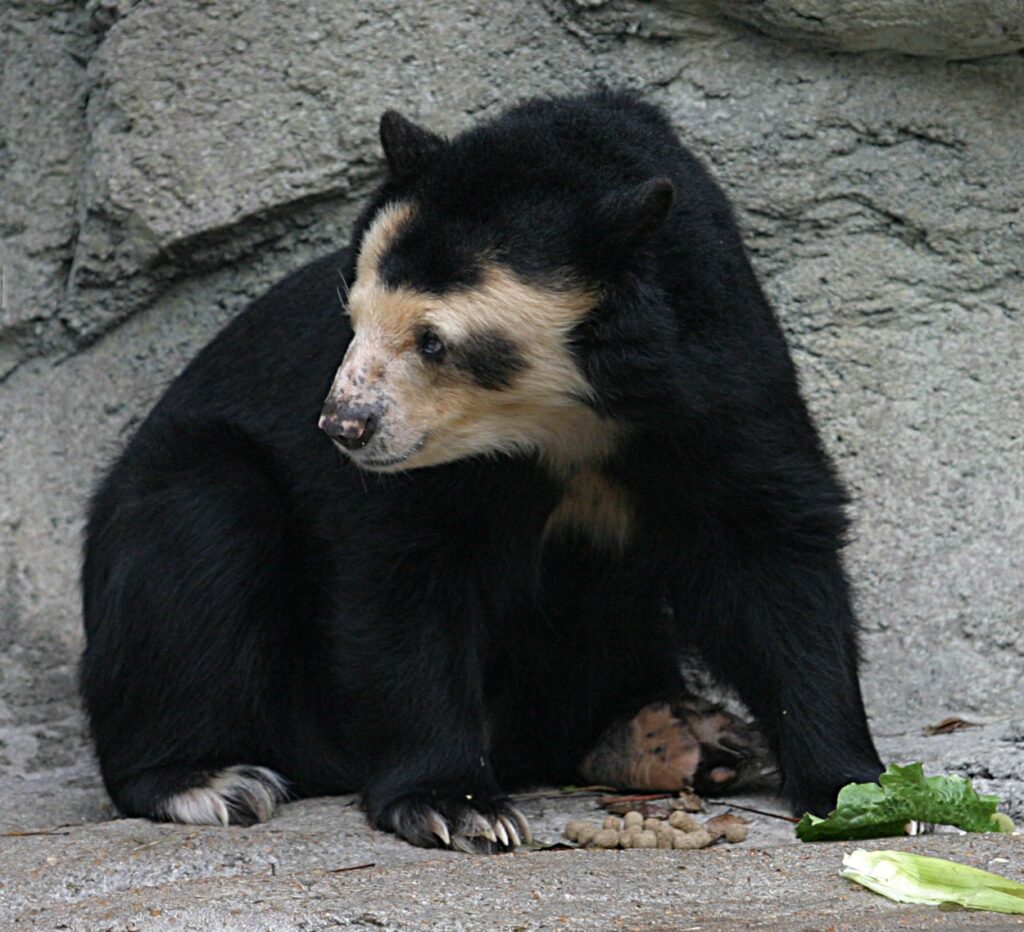
The Pleistocene landscape of North America featured an impressive array of apex predators, creating a competitive environment unlike anything in today’s ecosystems. Short-faced bears shared their territory with formidable hunters, including American lions (larger than modern African lions), dire wolves (more robust than gray wolves), saber-toothed cats, and the American cheetah. Despite this fierce competition, the short-faced bear’s combination of size, speed, and power likely placed it at the top of this predatory hierarchy. Their ability to intimidate other large carnivores away from kills—a behavior known as kleptoparasitism—would have been a significant ecological advantage during times of scarcity. Evidence of competitive interactions has been preserved in rare fossil sites showing tooth marks from different predator species on the same prey bones, revealing the intense competition for resources that characterized Ice Age food webs.
Cultural Impact on Humans

Humans coexisted with short-faced bears during the final millennia of the Pleistocene, creating a fascinating chapter of human-wildlife interaction rarely considered in popular discussions of prehistoric life. Paleolithic hunter-gatherers entering North America would have encountered these massive predators as awesome and terrifying competitors for game animals and territory. While direct archaeological evidence of human-bear conflict remains elusive, the psychological impact of such formidable predators on early human populations must have been profound. Some researchers speculate that Arctodus may have influenced early human settlement patterns and hunting behaviors in North America, potentially forcing the adaptation of defensive strategies unknown in regions lacking such massive carnivores. The absence of short-faced bears from most indigenous oral traditions suggests their extinction preceded the development of long-term cultural memory in most North American populations, though some scholars have sought potential references in certain ancient myths describing enormous bear-like monsters.
Extinction Theories
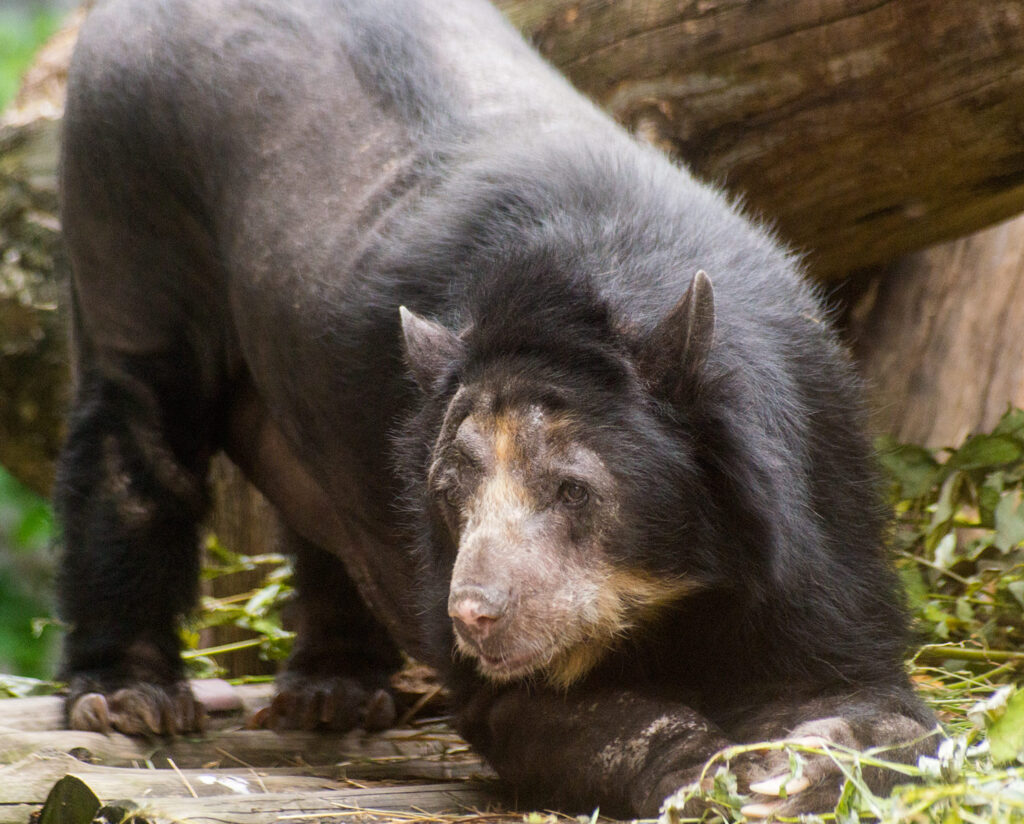
The disappearance of the short-faced bear approximately 11,000 years ago coincides with the broader extinction event that claimed most of North America’s megafauna at the end of the Pleistocene. Multiple theories attempt to explain this sweeping extinction, with climate change and human hunting pressure representing the two most prominent explanations. The warming climate at the end of the Ice Age dramatically transformed ecosystems across North America, potentially reducing the open habitats where Arctodus thrived as hunters. Additionally, as their large herbivore prey species declined, these specialized carnivores would have faced increasing food stress. The “overkill hypothesis” suggests that newly arrived human hunters may have contributed to the bears’ extinction, either through direct hunting or, more likely, by reducing populations of the large herbivores upon which the bears depended. Most paleontologists now favor a combination of these factors—a perfect storm of changing climate, habitat transformation, human competition, and the inherent vulnerability of highly specialized large predators to ecosystem disruption.
Research Challenges

Scientific investigation of short-faced bears presents unique challenges that have slowed our understanding of these magnificent creatures. The relative scarcity of complete skeletons limits comprehensive morphological study, with many conclusions drawn from fragmentary remains that require careful interpretation. Soft tissue evidence is virtually non-existent, forcing researchers to make educated guesses about aspects like fur coloration, precise muscle attachments, and external appearance. Dating techniques can be problematic for specimens near the limits of radiocarbon dating methods, creating uncertainty about exactly when the last individuals perished. Behavioral ecology must be largely inferred from anatomical adaptations and comparisons with modern bears, leaving significant room for scientific debate. Despite these challenges, emerging technologies like ancient DNA analysis, improved isotope studies, and advanced computational modeling continue to refine our understanding of these prehistoric apex predators, gradually filling gaps in our knowledge of their biology and ecological significance.
Modern Comparative Studies

Comparing short-faced bears to modern ursids provides valuable insights into their unique evolutionary adaptations. While the polar bear represents today’s largest bear species, Arctodus significantly outweighed it and exhibited fundamentally different locomotion and hunting strategies. Modern bears are primarily plantigrade walkers with relatively short limbs optimized for strength rather than speed, while short-faced bears appear to have been capable of more digitigrade locomotion, similar to canids, enabling their remarkable speed. Contemporary bears, even primarily carnivorous species like polar bears, lack the extreme cranial adaptations for bone-crushing seen in Arctodus. The closest living relative to short-faced bears, the spectacled bear of South America, ironically represents one of the most herbivorous modern bear species, highlighting the dramatic dietary divergence within the bear family over evolutionary time. These comparisons illuminate the exceptional specialization of Arctodus as a hypercarnivore, occupying an ecological niche that simply has no modern equivalent among today’s bear species.
Legacy in Paleontology
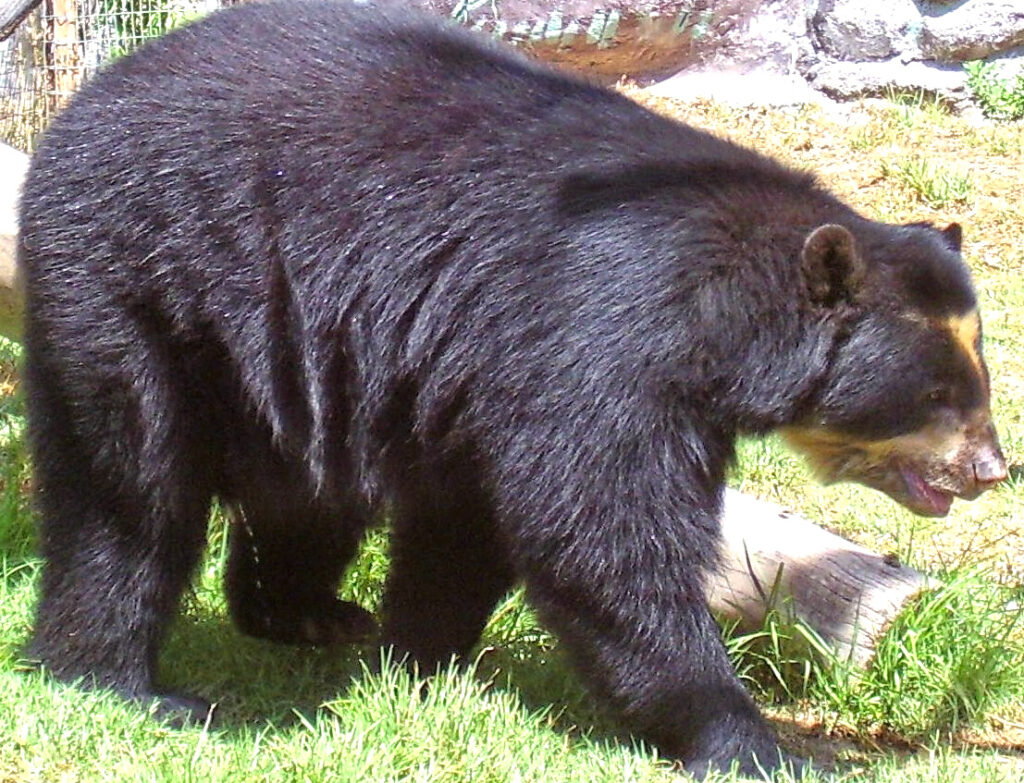
The short-faced bear holds a special place in North American paleontology as one of the most charismatic and scientifically significant Pleistocene predators ever discovered. First scientifically described in 1854 by American naturalist Joseph Leidy based on specimens from the Mississippi Valley, Arctodus has since become an iconic representative of Ice Age megafauna. Important specimens housed in institutions like the Los Angeles County Museum, the American Museum of Natural History, and the National Museum of Natural History continue to yield new insights as technology advances. The most complete skeleton, discovered in Indiana, has allowed for comprehensive reconstructions that grace natural history museums throughout North America. The ongoing scientific interest in these bears reflects broader questions about predator-prey dynamics, extinction vulnerability, and ecosystem functions of megafauna. As a testament to their enduring fascination, short-faced bears frequently feature in museum exhibitions, nature documentaries, and scientific literature exploring North America’s prehistoric past, cementing their legacy as one of the most remarkable predators ever to walk the continent.
Conclusion

The short-faced bear stands as a powerful reminder of North America’s more formidable ecological past—a time when truly massive carnivores shaped the landscape and the evolution of all species around them. Their disappearance, along with much of the Pleistocene megafauna, transformed the continent’s predator-prey dynamics into the systems we recognize today. As we continue to uncover the secrets of these magnificent prehistoric predators, we gain valuable insights not only into evolutionary biology and paleoecology but also into the dynamic nature of Earth’s ecosystems through time. The story of Arctodus simus reminds us that even the most perfectly adapted apex predators remain vulnerable to rapid environmental change—a sobering lesson with relevance to conservation efforts for today’s large carnivores facing an uncertain future in our changing world.

